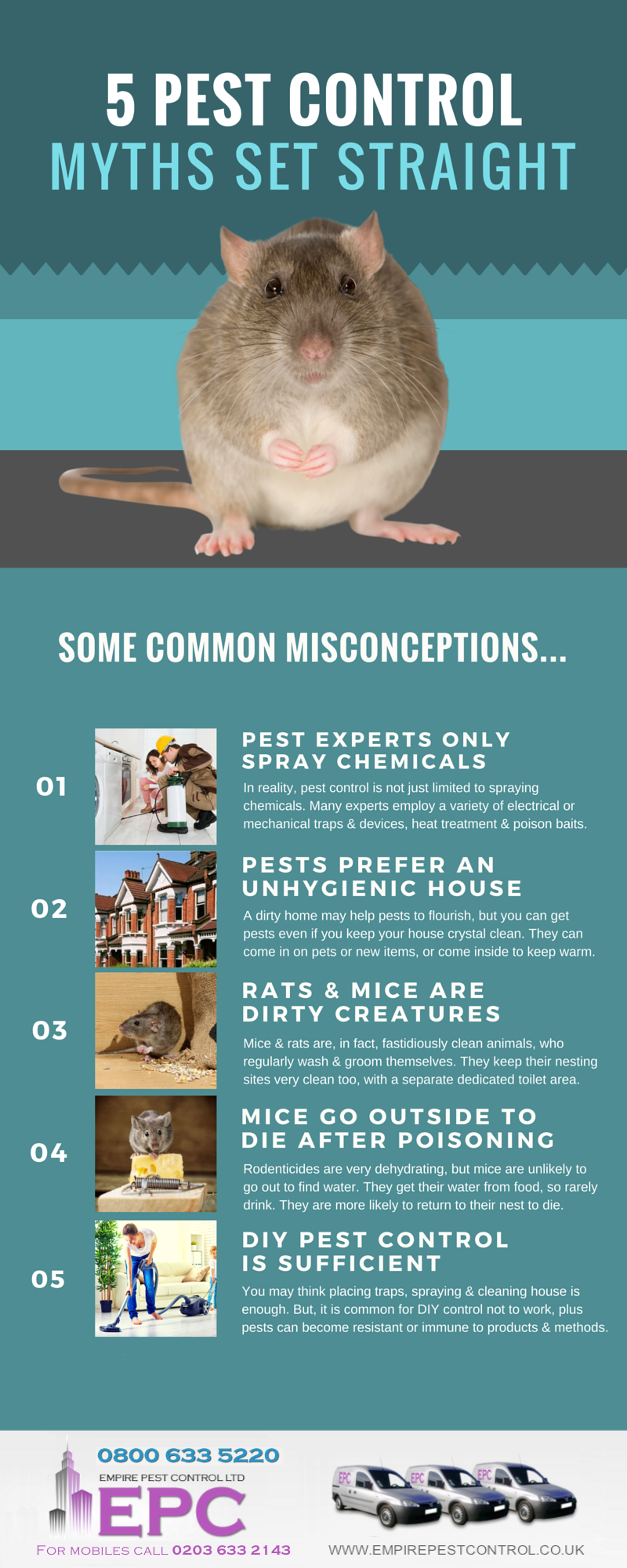Maintain Parasites Away: Effective Techniques For A Rodent-Free Outdoor Location
Maintain Parasites Away: Effective Techniques For A Rodent-Free Outdoor Location
Blog Article
Content Author-Hatfield Mullen
Did you understand that rodents can squeeze with openings as small as a quarter? Picture the implications for your outdoor area. From nibbling on plants to nesting in relaxing edges, these insects can create chaos if given the opportunity. But concern not, there are useful approaches you can employ to keep your backyard rodent-free. By taking basic actions to seal entrance factors and preserve a neat atmosphere, you can develop a citadel against unwanted hairy visitors. So, are you prepared to secure your exterior sanctuary from these pesky intruders?
Identify Entry Details
To efficiently rodent-proof your outdoor area, start by determining potential entry factors. Check your backyard for any type of voids or openings that rats could use to get. Examine locations such as spaces under doors, holes in the walls, or openings around energy penetrations. Remember that computer mice can press with holes as small as a cent, so be thorough in your assessment.
Concentrate on areas where energies enter your home, such as where pipelines, cords, or cables get in the structure. Seal any gaps around these entry factors with materials like steel wool or caulk. Additionally, check for any type of fractures in the structure or gaps in the home siding that could work as entrance points for rats.
Pay very close attention to areas where plant life satisfies your home, as thick plants can provide hiding places and very easy accessibility for rats. Trim any looming branches or shrubs that could be used as bridges to your residence. By identifying and sealing these access points, you can substantially reduce the chances of rodents invading your outdoor area.
Implement Exemption Actions
Examining and sealing access points is the very first step in rodent-proofing your outside area; currently you'll take action by implementing exemption actions.
Beginning by setting up door sweeps on all outside doors to prevent rats from squeezing with voids. Seal fractures and holes with weather-resistant sealant, concentrating on locations where energy pipelines enter your home.
Usage wire mesh to cover vents and chimneys, ensuring they're firmly connected. Trim tree branches and vegetation far from your home to eliminate potential bridges for rodents to access your roof covering.
Additionally, take into consideration mounting steel flashing around the base of your home to stop burrowing. Store firewood a minimum of 18 inches off the ground and away from your residence.
Maintain control spiders outside house in firmly sealed containers, and without delay tidy up any spilled birdseed or pet food. By implementing these exclusion steps, you can considerably reduce the probability of rats invading your outside space.
Maintain Sanitation and Trimmed Landscaping
Ensure your exterior room remains clean and your landscaping is routinely cut to discourage rodents from discovering harborage or food resources. Keeping your yard clean is vital to reducing tourist attractions for rodents. Remove non toxic ant killer , clutter, or extra items that can function as hiding places for these insects. https://original.newsbreak.com/@lefty-graves-1591979/3111554338189-washington-state-s-rat-infestation-crisis are drawn to locations with easy access to food and sanctuary, so by preserving tidiness, you make your residential or commercial property less attractive to them.
Consistently cutting your landscaping is likewise critical in rodent-proofing your outdoor area. Overgrown plant life provides rats with ample hiding places and potential nesting sites. By maintaining your yard mowed, shrubs trimmed, and trees trimmed, you eliminate potential habitats for rodents. Furthermore, trimmed natural ant killer inside makes it harder for rodents to access your home as they favor areas with sufficient protection for security.
Conclusion
Finally, by making the effort to rodent-proof your outdoor area, you can guarantee a pest-free lawn for years to come. Keep in mind to regularly examine for entrance points, apply exemption measures, and keep your yard tidy and properly maintained.
With these straightforward methods in place, you can delight in a relaxed and rodent-free outdoor environment. So, don't postpone - start rodent-proofing today and say goodbye to undesirable pests in your lawn!
